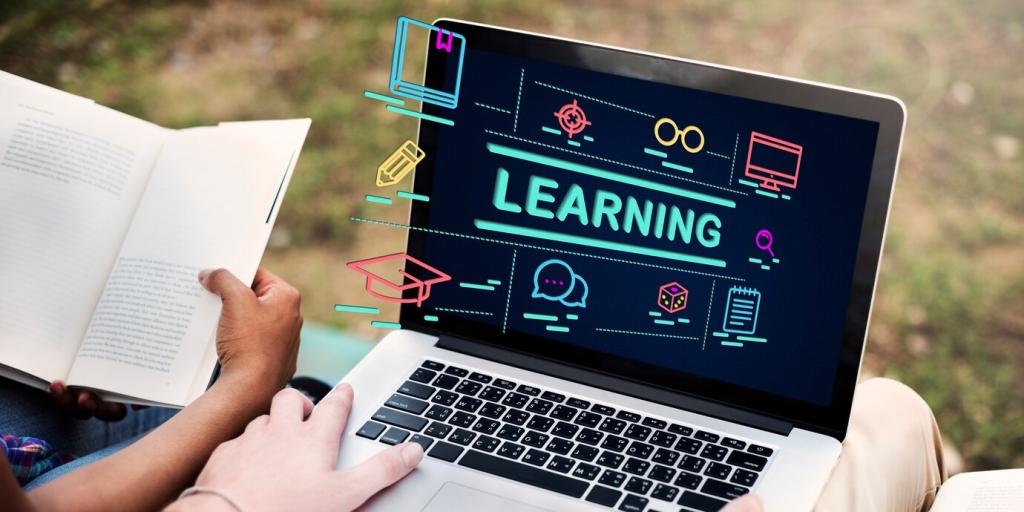Defining Blended Learning Models
Blended learning models intentionally combine digital and face-to-face instruction, prioritizing learner agency, data-informed pacing, and meaningful interaction. The goal is not more screen time, but smarter learning time that deepens understanding while respecting student context.
Defining Blended Learning Models
From Flipped Classroom and Station Rotation to Flex, Enriched Virtual, and À La Carte, each model solves different problems. Selecting the right architecture depends on goals, time, staffing, device access, and the kinds of practice students truly need.


